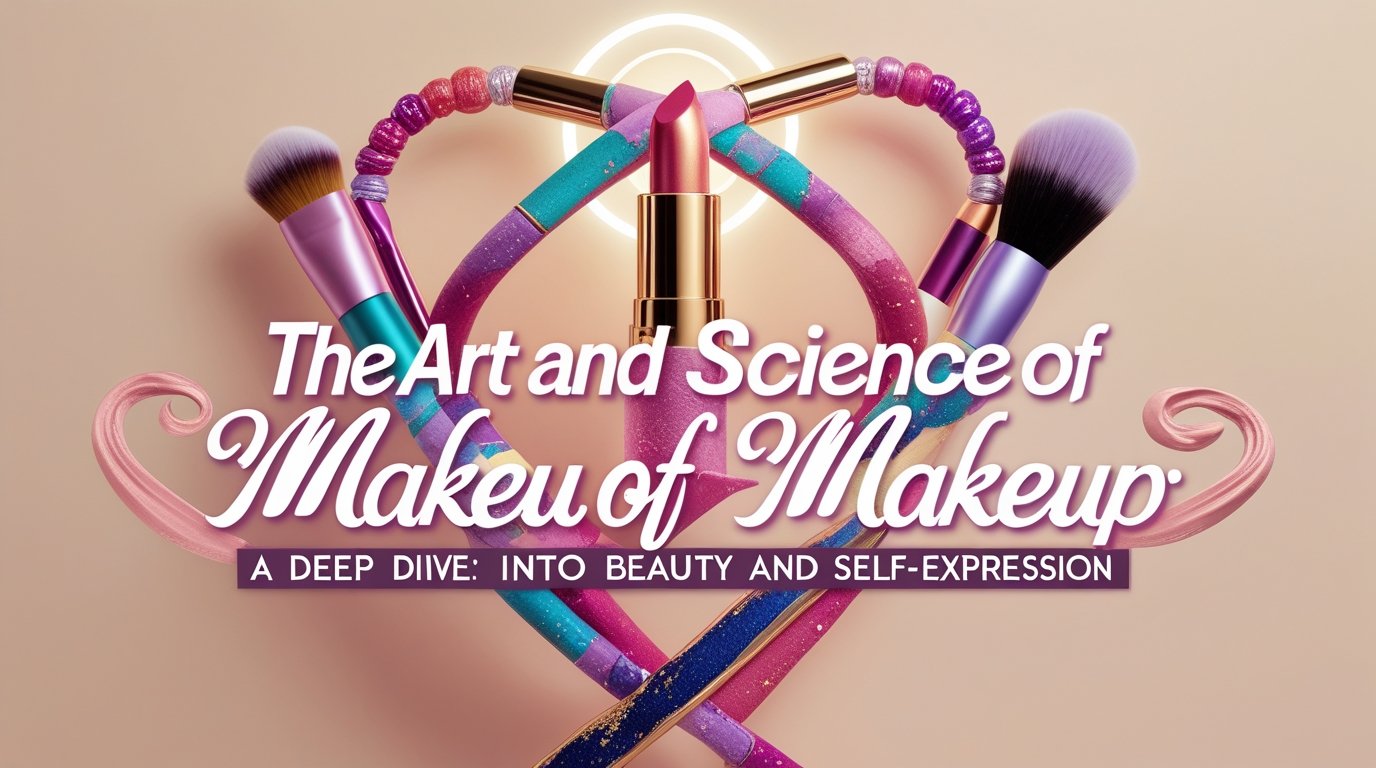
Makeup has been an integral part of human culture for centuries, serving both practical and aesthetic purposes. From ancient civilizations to modern-day beauty trends, makeup continues to evolve, reflecting societal standards, technological advancements, and individual creativity. This article explores the history, types, application techniques, modern trends, and cultural significance of makeup.
The History of Makeup
The use of makeup dates back thousands of years. In ancient Egypt, both men and women applied kohl to their eyes, believing it protected against the evil eye and the harsh desert sun. The Greeks and Romans used lead-based powders to lighten their skin, while in ancient China and Japan, cosmetics symbolized social status, with geishas perfecting intricate beauty rituals.
During the Renaissance, pale skin was associated with nobility, and toxic substances like lead were used to achieve the desired complexion. The Victorian era saw a decline in visible makeup use, as it was associated with actors and courtesans. However, the 20th century revolutionized the beauty industry, with the introduction of commercial cosmetics from brands like Max Factor, Revlon, and Estée Lauder.
Types of Makeup
Makeup can be categorized into several types, each serving different purposes:
1. Face Makeup
- Foundation: Provides an even skin tone and base for other products.
- Concealer: Covers blemishes, dark circles, and imperfections.
- Powder: Sets foundation and reduces shine.
- Blush: Adds color to the cheeks for a healthy glow.
- Highlighter: Enhances facial features with a radiant finish.
- Contour: Defines facial structure using darker shades.
2. Eye Makeup
- Eyeshadow: Adds color and dimension to the eyelids.
- Eyeliner: Defines the eyes and enhances their shape.
- Mascara: Lengthens and volumizes eyelashes.
- Eyebrow Products: Includes pencils, gels, and powders to shape and define brows.
3. Lip Makeup
- Lipstick: Comes in various finishes, from matte to glossy.
- Lip Gloss: Provides a shiny, hydrated look.
- Lip Liner: Defines and shapes the lips.
4. Special Effects Makeup
- Used in theater, film, and Halloween to create transformations.
5. Skincare-Infused Makeup
- Hybrid products that offer beauty benefits along with skincare properties.
Application Techniques
Makeup application requires skill and practice. Some key techniques include:
- Blending: Ensures a natural, seamless finish.
- Layering: Applying products in thin layers for buildable coverage.
- Baking: Setting makeup with loose powder to enhance longevity.
- Cut Crease: A bold eyeshadow technique for defined eye shapes.
- Overlining Lips: Making lips appear fuller using lip liner.
- Highlighting and Contouring: Sculpting the face for added definition.
Modern Trends in Makeup
The beauty industry is ever-evolving, with trends influenced by social media, celebrities, and innovation. Some recent trends include:
- Minimalist Makeup (Skinimalism): Emphasizing natural beauty with lightweight products.
- Bold and Graphic Eyeliner: Experimenting with geometric shapes and colors.
- Glossy Skin and Dewy Finishes: Achieving a radiant, hydrated look.
- Vibrant Colors and Artistic Expression: Unconventional eyeshadow shades and avant-garde styles.
- Sustainable and Clean Beauty: Eco-friendly and cruelty-free formulations.
- AI and Virtual Makeup Try-Ons: Technology aiding in product selection.
The Cultural and Psychological Impact of Makeup
Makeup is more than just a cosmetic tool; it has a profound impact on self-esteem, identity, and culture.
- Confidence Booster: Many individuals feel more confident with makeup.
- Artistic Expression: Makeup serves as a creative outlet.
- Gender and Identity: Breaking traditional norms with inclusive beauty.
- Ritual and Tradition: Certain makeup styles hold cultural significance.
- Marketing and Influence: Social media and influencers shape beauty standards.
Conclusion
Makeup is a powerful form of self-expression, evolving alongside cultural and technological shifts. Whether used for enhancement, transformation, or creativity, it remains a staple in society. As innovation continues, the future of makeup promises even more exciting advancements, inclusivity, and artistic freedom.







